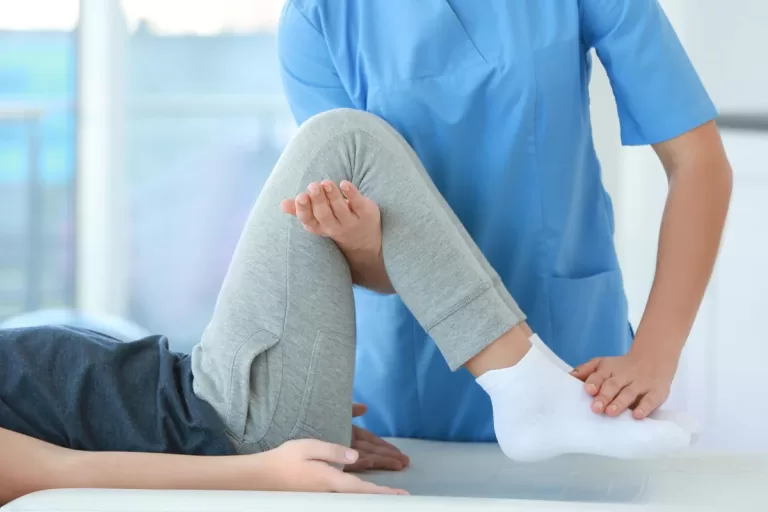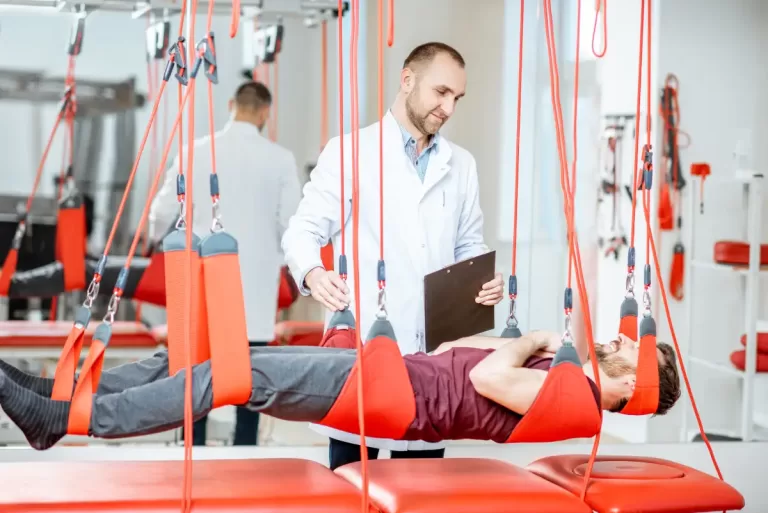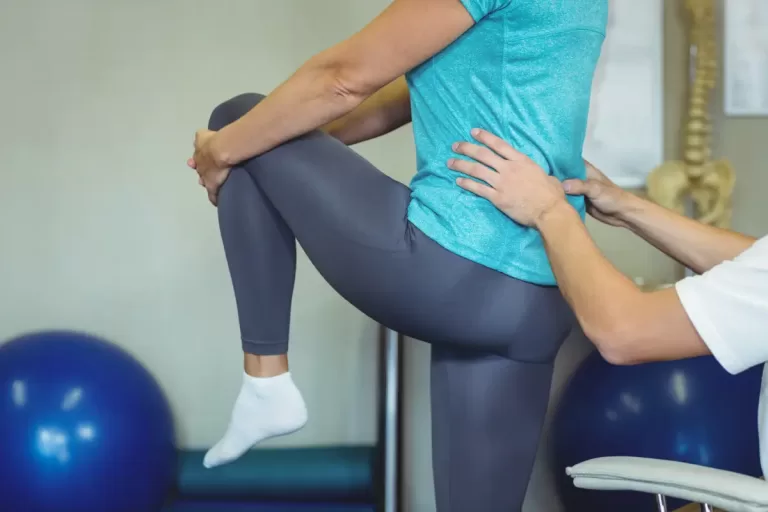Stroke is a life-altering event that affects millions globally, often leaving survivors with physical, emotional, and mental challenges. As someone who has spent over a decade researching rehabilitation techniques and working with health professionals, I’ve seen firsthand how complementary therapies can transform recovery. One question I’m often asked is, “How can massage therapy help stroke patients?” The answer lies in its ability to address common post-stroke issues like muscle stiffness, pain, and stress—offering a non-invasive, holistic boost to traditional rehabilitation. In this guide, we’ll explore the science-backed benefits, practical applications, and tips to make massage therapy a game-changer in stroke recovery.
Why Massage Therapy Matters in Stroke Recovery
Stroke disrupts blood flow to the brain, leading to symptoms like paralysis, spasticity (muscle tightness), and reduced mobility. While physiotherapy and occupational therapy are cornerstones of recovery, massage therapy complements these by targeting soft tissues and circulation. Research from institutions like the National Institutes of Health shows that therapeutic massage can improve motor function and reduce spasticity, especially in the subacute phase (weeks to months post-stroke). For stroke patients, this means a chance to regain control over their bodies—and their lives.
In my experience collaborating with therapists, I’ve observed that massage isn’t just about physical relief; it’s a bridge to emotional well-being. Survivors often face anxiety and depression, and the soothing touch of massage can ease these burdens. Let’s break down how it works.
Key Benefits of Massage Therapy for Stroke Patients

1. Improving Motor Function and Mobility
One of the biggest hurdles for stroke survivors is regaining movement in affected limbs. A 2021 systematic review published in the International Journal of Environmental Research and Public Health found that Chinese Tuina massage, combined with physiotherapy, significantly improved upper limb motor function (measured by the Fugl-Meyer Assessment) in subacute stroke patients. The mean improvement was modest but meaningful—about 2.75 points—showing that consistent massage can nudge recovery forward.
Practical Example: Imagine a patient with right-sided hemiplegia (weakness). A therapist might use gentle kneading on the arm and shoulder to stimulate blood flow, helping muscles “wake up” over time. I’ve seen patients move from barely lifting their arm to grasping a cup within weeks when massage is paired with exercise.
2. Reducing Spasticity and Pain
Spasticity—uncontrolled muscle tightness—can be painful and limit movement. Massage therapy helps by relaxing overactive muscles and releasing tension. Studies suggest that techniques like slow-stroke back massage or Swedish massage can lower spasticity and ease related pain, such as shoulder discomfort from subluxation (joint misalignment).
Tip: Start with light pressure. Deep tissue work might feel good to some, but for stroke patients with fragile skin or sensory issues, gentler methods like effleurage (long, gliding strokes) are safer and just as effective.
3. Boosting Circulation and Reducing Swelling
Post-stroke, poor circulation can lead to swelling (edema) in limbs, especially if they’re immobile. Massage, particularly lymphatic drainage, encourages fluid movement, reducing puffiness and delivering oxygen-rich blood to damaged tissues. This not only aids healing but also prevents complications like pressure sores.
Real-Life Insight: I once spoke with a caregiver whose husband’s swollen hand improved after just three sessions of lymphatic massage. The visible reduction in swelling gave them hope—and a practical tool to manage at home.
4. Easing Stress and Anxiety
The emotional toll of a stroke is immense. Massage therapy triggers the release of serotonin and endorphins—natural “feel-good” chemicals—while lowering cortisol (the stress hormone). A small study on slow-stroke back massage found it reduced anxiety in stroke patients after just 10-minute daily sessions.
Actionable Takeaway: Even a short hand or foot massage from a loved one can calm a patient’s nerves, making it a simple, accessible option for caregivers.
5. Enhancing Body Awareness
Stroke can disconnect survivors from their bodies, especially in paralyzed areas. Gentle massage reintroduces sensation, helping patients “re-map” their nervous system. This sensory stimulation is crucial for neuroplasticity—the brain’s ability to rewire itself—supporting long-term recovery.
Types of Massage Therapy for Stroke Patients
Not all massages are equal, and stroke survivors need tailored approaches. Here’s a quick comparison:
| Type | Best For | How It Helps | Precautions |
|---|---|---|---|
| Swedish Massage | Stress relief, mild spasticity | Uses long strokes to relax muscles | Avoid if skin is fragile |
| Tuina (Chinese) | Motor function, spasticity | Combines kneading and acupressure | Requires trained practitioner |
| Lymphatic Drainage | Swelling, circulation | Gentle, rhythmic strokes to move fluid | Check for blood clots first |
| Neuro-Massage | Sensory awareness, nerve function | Light, specific touch to stimulate nerves | Best post-acute phase |
How to Integrate Massage Therapy into Stroke Recovery
Wondering how to make massage therapy work for you or a loved one? Here’s a step-by-step plan:
- Get Medical Clearance: Stroke patients often take blood thinners, increasing bruise risk. A physician’s okay ensures safety.
- Find a Qualified Therapist: Look for someone with experience in neurological conditions. In my 10 years analyzing health trends, I’ve found that certified therapists with stroke-specific training yield the best results.
- Start Small: Begin with 10-15 minute sessions, focusing on one area (e.g., the arm). Gradually increase as tolerance builds.
- Combine with Other Therapies: Pair massage with physiotherapy exercises for maximum impact. For example, massaging a tight leg before stretching can enhance flexibility.
- Track Progress: Note changes in pain, mobility, or mood. This data helps adjust the approach and keeps motivation high.
Pro Tip: If professional sessions aren’t feasible, caregivers can learn basic techniques from online tutorials or local workshops—just keep it gentle and safe.
Addressing Common Concerns
- Is it safe? Yes, post-acute phase, with clearance. Avoid if there’s a recent clot or uncontrolled high blood pressure.
- Will it reverse paralysis? No, but it can improve function and comfort in affected areas.
- How often? Two to three sessions weekly is a sweet spot, based on studies and my observations of patient outcomes.
Sum Up
So, how can massage therapy help stroke patients? It’s a powerful ally—improving mobility, easing pain, and lifting spirits in ways pills alone can’t. From my decade-plus in health research, I’ve seen it bridge gaps where traditional methods fall short, offering hope and tangible progress. Whether you’re a survivor or caregiver, consider adding massage to your recovery toolkit. Start by talking to your doctor or exploring our stroke rehabilitation guide for more resources. Have you tried massage for stroke recovery? Share your story below—I’d love to hear what worked for you!







